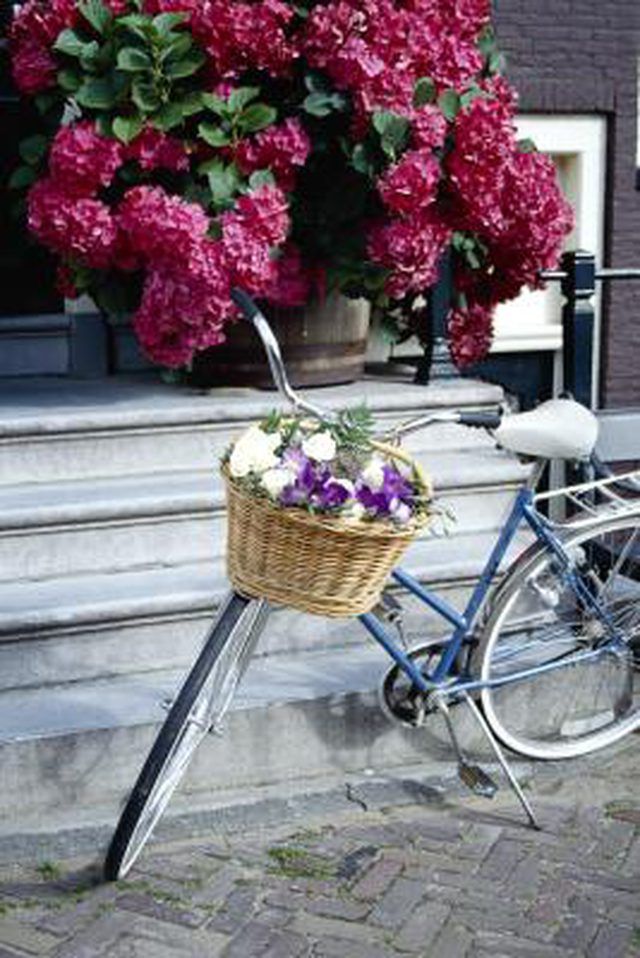Bulbs
Flower Basics
Flower Beds & Specialty Gardens
Flower Garden
Garden Furniture
Garden Gnomes
Garden Seeds
Garden Sheds
Garden Statues
Garden Tools & Supplies
Gardening Basics
Green & Organic
Groundcovers & Vines
Growing Annuals
Growing Basil
Growing Beans
Growing Berries
Growing Blueberries
Growing Cactus
Growing Corn
Growing Cotton
Growing Edibles
Growing Flowers
Growing Garlic
Growing Grapes
Growing Grass
Growing Herbs
Growing Jasmine
Growing Mint
Growing Mushrooms
Orchids
Growing Peanuts
Growing Perennials
Growing Plants
Growing Rosemary
Growing Roses
Growing Strawberries
Growing Sunflowers
Growing Thyme
Growing Tomatoes
Growing Tulips
Growing Vegetables
Herb Basics
Herb Garden
Indoor Growing
Landscaping Basics
Landscaping Patios
Landscaping Plants
Landscaping Shrubs
Landscaping Trees
Landscaping Walks & Pathways
Lawn Basics
Lawn Maintenance
Lawn Mowers
Lawn Ornaments
Lawn Planting
Lawn Tools
Outdoor Growing
Overall Landscape Planning
Pests, Weeds & Problems
Plant Basics
Rock Garden
Rose Garden
Shrubs
Soil
Specialty Gardens
Trees
Vegetable Garden
Yard Maintenance
How to Keep Outdoor Potted Hydrangeas Flowering All Summer
How to Keep Outdoor Potted Hydrangeas Flowering All Summer. Although hydrangeas (Hydrangea spp.) can be grown in a pot, it is not the ideal situation for this plant. Container-grown hydrangeas require far more care than their ground-grown counterparts, and the plant may not bloom if all of its care requirements aren’t met. Hydrangeas thrive...

Although hydrangeas (Hydrangea spp.) can be grown in a pot, it is not the ideal situation for this plant. Container-grown hydrangeas require far more care than their ground-grown counterparts, and the plant may not bloom if all of its care requirements aren’t met. Hydrangeas thrive in U.S. Department of Agriculture plant hardiness zones 3 through 9, depending on species. To keep your potted hydrangea blooming all summer, pay close attention to all care requirements.
Things You'll Need
Sphagnum peat moss
Potting soil or builder’s sand
14-14-14 granular fertilizer
Terra cotta pot
20-20-20 fertilizer
Pruning shears
Pot the hydrangea in a mixture of two-thirds sphagnum peat moss, one-third quality potting soil or builder’s sand and ? teaspoon of 14-14-14 fertilizer. If your hydrangea is growing in an 8-inch pot, double the amount of fertilizer. Terra cotta pots are ideal because they’re porous and won’t hold excess moisture near the hydrangea’s roots.
Place the potted hydrangea in an area that receives morning sun and afternoon shade. Too dense or too much shade discourages blooming.
Irrigate the hydrangea at the soil and not overhead. Wet foliage and flowers encourage fungal disease, which affects the flowers' beauty. Water the plant often enough to keep the soil evenly moist. Supply the water slowly to ensure that the entire root ball is moistened. Pay close attention to the moisture content of the soil during warm, dry weather since it will dry out faster than you're accustomed to.
Water the potted hydrangea with a fertilizer solution – 1 teaspoon of 20-20-20 in a gallon of water – once a week.
Prune the oakleaf hydrangea (H. quercifolia) and the mopheads and lacecaps (H. macrophylla) in the summer, before August. The ideal time to prune them is right after they finish blooming. If you prune in August or later you will be pruning off buds that will bloom the next season. Prune Hydrangea paniculata and Hydrangea arborescens in fall or winter. Remove dead wood, branches that cross over each other and to shape the plant to your specifications. Never remove more than a third of the plant's branches.
Tips & Warnings
Bring a potted hydrangea indoors if you live in an area with extra-cold winters. Frost may damage the buds, preventing it from blooming.
Hydrangeas are listed by the American Society for the Prevention of Cruelty to Animals (ASPCA) as toxic to horses, cats and dogs. Ingesting hydrangeas may cause depression, vomiting, diarrhea, anorexia, increased heart rate and body temperature.